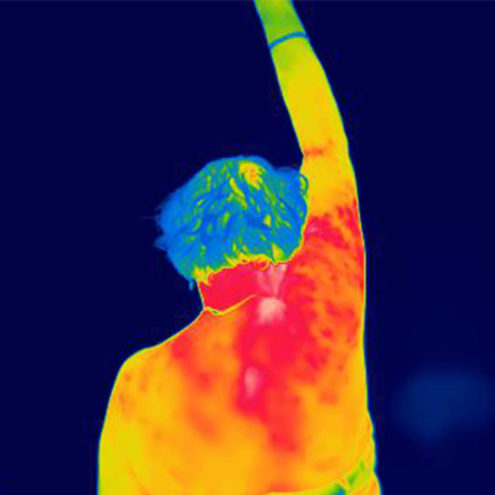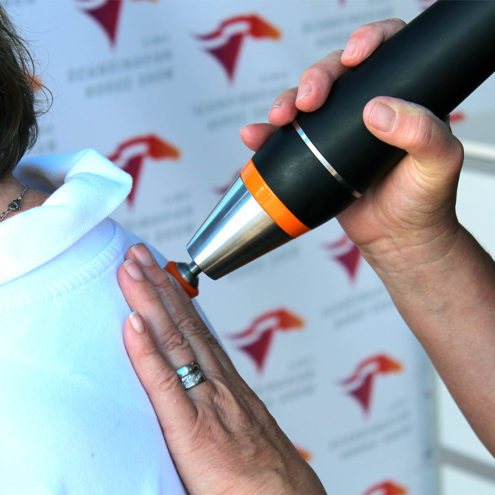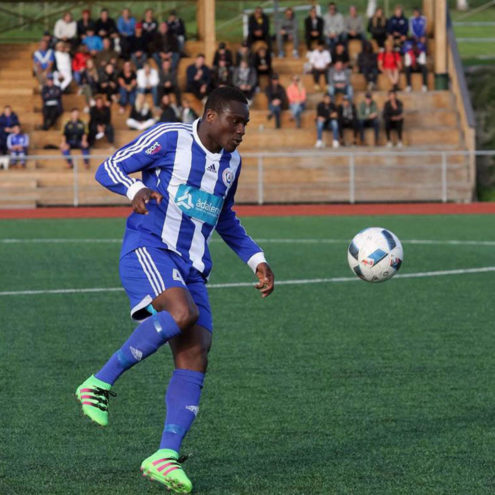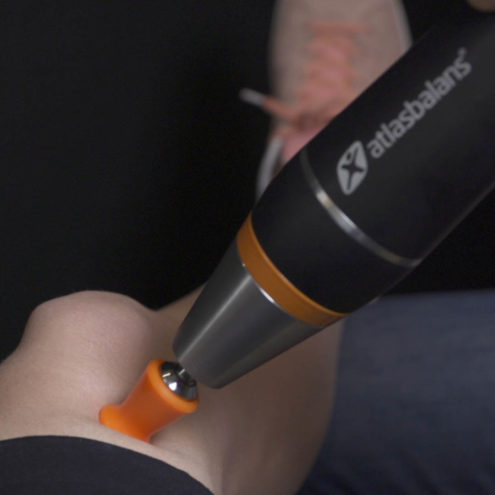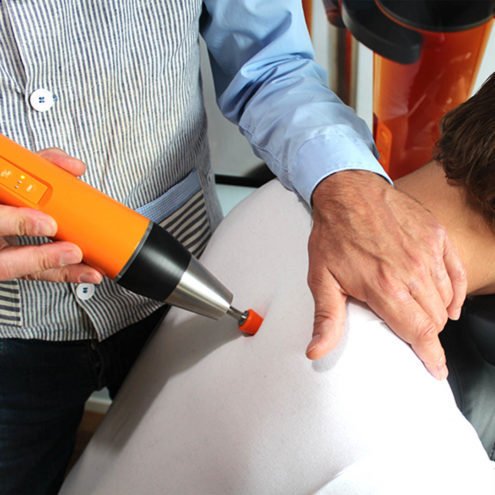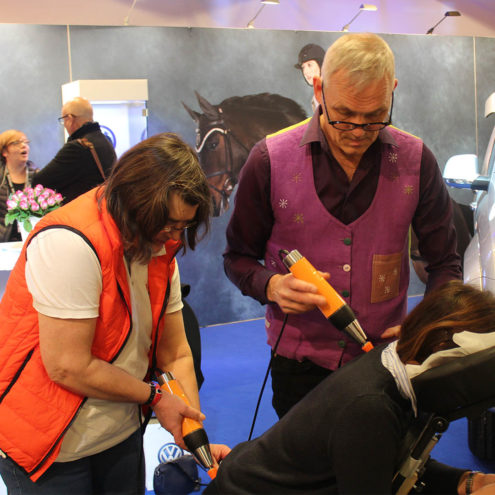Training with Herniated Discs – Safety, Benefits and Guidelines
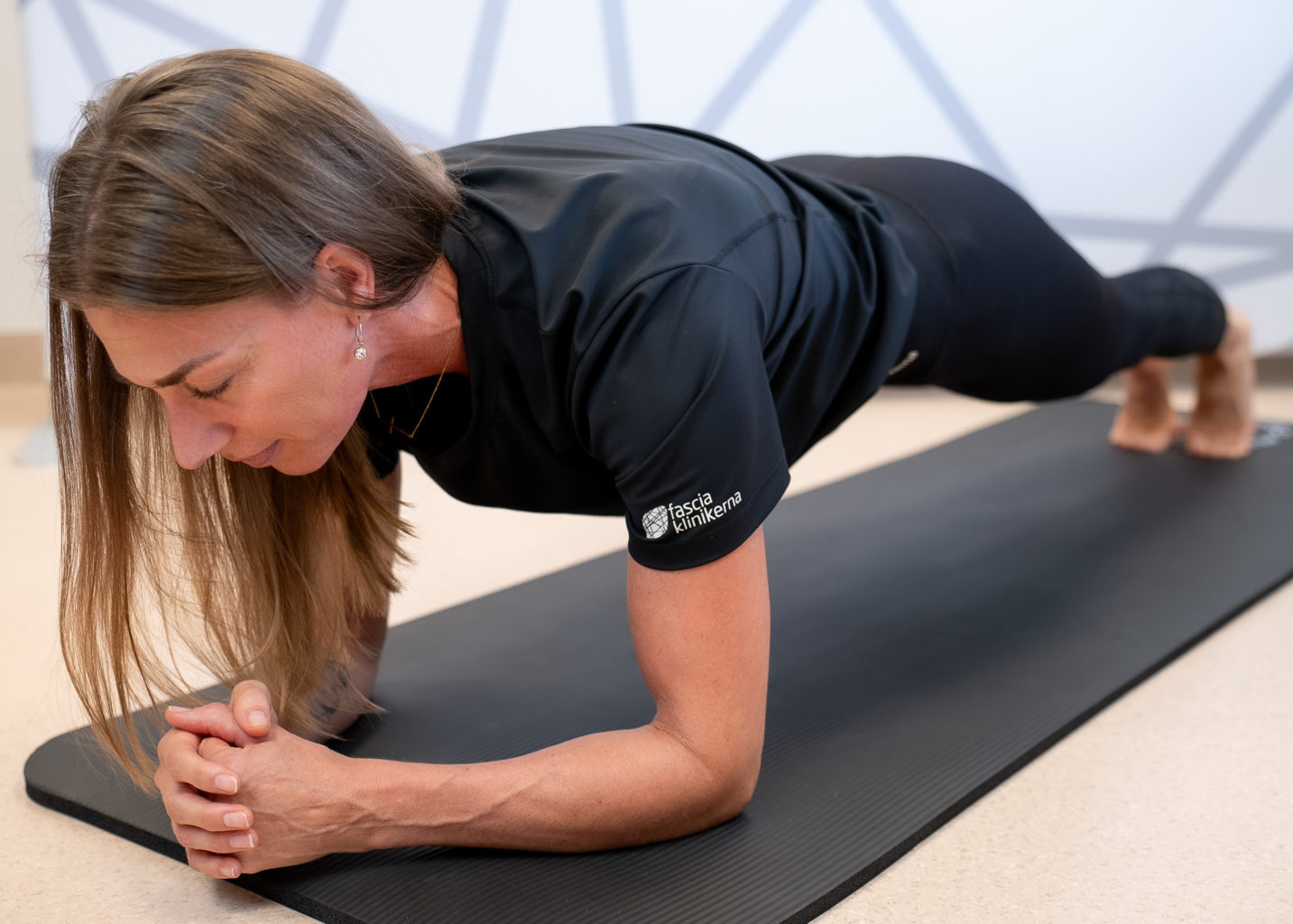
A herniated disc can cause a lot of pain and can negatively affect mobility. In this article, we will explore how proper exercise can be crucial in managing and relieving the symptoms of a herniated disc from a fascia perspective.
The impact of the herniated disc on mobility
A herniated disc occurs when the soft jelly-like nucleus pulposus inside an intervertebral disc is squeezed out through a crack or injury. This dysfunction can affect movement by creating pain and muscle tension. Proper exercise is essential to manage these challenges and regain normal movement.
The benefits of the right exercise for herniated discs
Pain relief
Fascia plays an important role in the transmission and perception of pain. By including exercises that focus on reducing tension and increasing flow in the fascia around the spine, pressure in the affected area is reduced. The fascia contains an abundance of pain receptors, which when triggered send pain signals to our central nervous system. Exercise can help release endorphins, the body’s natural painkillers, which can help manage pain. The heat and increased circulation of exercise also improve the viscoelasticity of the fascia.
Improved posture and body strength
Fascia is the network of connective tissue that is important, among other things, for posture and muscle function. By performing exercises that strengthen and soften the muscles and fascia around the affected area, you can improve your body’s posture and balance. This reduces pressure on the injured disk and promotes its recovery.
Increased mobility and flexibility
The fascia plays an important role in maintaining the mobility of the spine and nearby muscles. By including exercises that focus on stretching and softening the fascia, you can improve mobility and flexibility in the spine. This can be particularly beneficial for people with herniated discs who experience stiffness and limited range of motion.
Safe training with herniated discs
When it comes to exercising with a herniated disc, safety is of the utmost importance. It is necessary to avoid certain exercises that can be harmful or aggravate the injury. Here are some examples of exercises that should be avoided:
Exercises to avoid
Jumping exercises: Exercises that include jumping, such as high knee lifts or burpees, can increase strain on the spine and disks and should be avoided.
Heavy lifting: Lifting heavy weights can put too much stress on the spine and can be harmful to the herniated disc.
Heavy rotation: Exercises that involve heavy rotation of the back, such as the Russian twist, can increase the risk of worsening the herniated disc.
The right technique and execution
To ensure that training is safe and effective, it is crucial to follow the correct technique and execution during exercises. Using incorrect technique can increase the risk of further injury. If you are unsure of the correct technique, consider working with a personal trainer or physiotherapist who has experience in dealing with herniated discs.
Adaptation to individual needs
People with a herniated disc may have different needs depending on where the disc is located and its severity. It is therefore important to adapt your exercise program to your individual needs. An exercise plan tailored to your specific situation can be much more beneficial.
Recommended exercises for herniated discs
Basic exercises for beginners
Abdominal and back stretch: Lie on your back with your knees bent and pull one knee towards your chest. Hold for a few seconds and switch sides. This stretches out the lower back muscles.
Glute bridge: Lie on your back with your knees bent and lift your pelvis upwards. Hold for a few seconds before lowering it back down. This strengthens the seat and back of the thighs.
Leg lift: Lie on your stomach with your arms stretched out in front of you. Press your tailbone down towards the floor. Then slowly lift one leg up while keeping it straight. Hold for a few seconds and then slowly lower it. Repeat with the other leg. This strengthens the muscles of the back.
Plank: Support yourself on your forearms and toes and keep your body straight like a plank. Hold the position for as long as you can. This strengthens your core muscles.
These basic exercises for herniated discs are designed for beginners and focus on strengthening and stretching the muscles without overloading the spine.
Advanced exercises for those with good basic strength
If you have achieved good basic strength and have overcome the acute pain phase, you can consider including more advanced exercises in your training program. These may include exercises that require more muscle strength and balance, but should be performed with caution and under the supervision of a trainer or physiotherapist.
Stretching and relaxation exercises
Stretching and relaxation exercises can be an important part of training for herniated discs. These exercises help relieve tension in muscles and fascia and promote relaxation. Here are some simple stretching exercises that can be beneficial:
The cat position / Marjaryasana. Stand on all fours with hands under shoulders and knees under hips. Inhale deeply and let your belly sink towards the floor while lifting your head and letting your eyes meet where the wall meets the ceiling. Then exhale and round your back while lowering your gaze and letting your head hang down. You should be able to see your feet.
Knee-chest position: Lie on your back and pull one knee towards your chest, hold for a few seconds and then switch sides. This stretches out the lower back muscles.
Relaxation exercise for the spine. Lie on your back with your feet resting on a chair, stool or similar to relieve your spine. Knees should be in a 90 degree bend. Keep your arms stretched out on the floor. Lie down for at least 15 minutes, breathing deeply. The exercise relieves the vertebrae of the spine.
The FasciaClinics’ approach to training with herniated discs
The FasciaClinics are experts in fascia and can offer individualized treatments for people with herniated discs. They perform a thorough evaluation of your situation and create a treatment plan that takes into account your specific needs and limitations.
Take the next step: Advice and support from the FasciaClinics
If you suffer from a herniated disc and want to take the next step towards pain relief and improved mobility, don’t hesitate to contact the FasciaClinics. They can offer personalized advice and create a customized treatment plan that can help you regain your quality of life and mobility. Take the first step towards a pain-free and active future by getting support from the experts at the FasciaClinics.
 Search
Search

